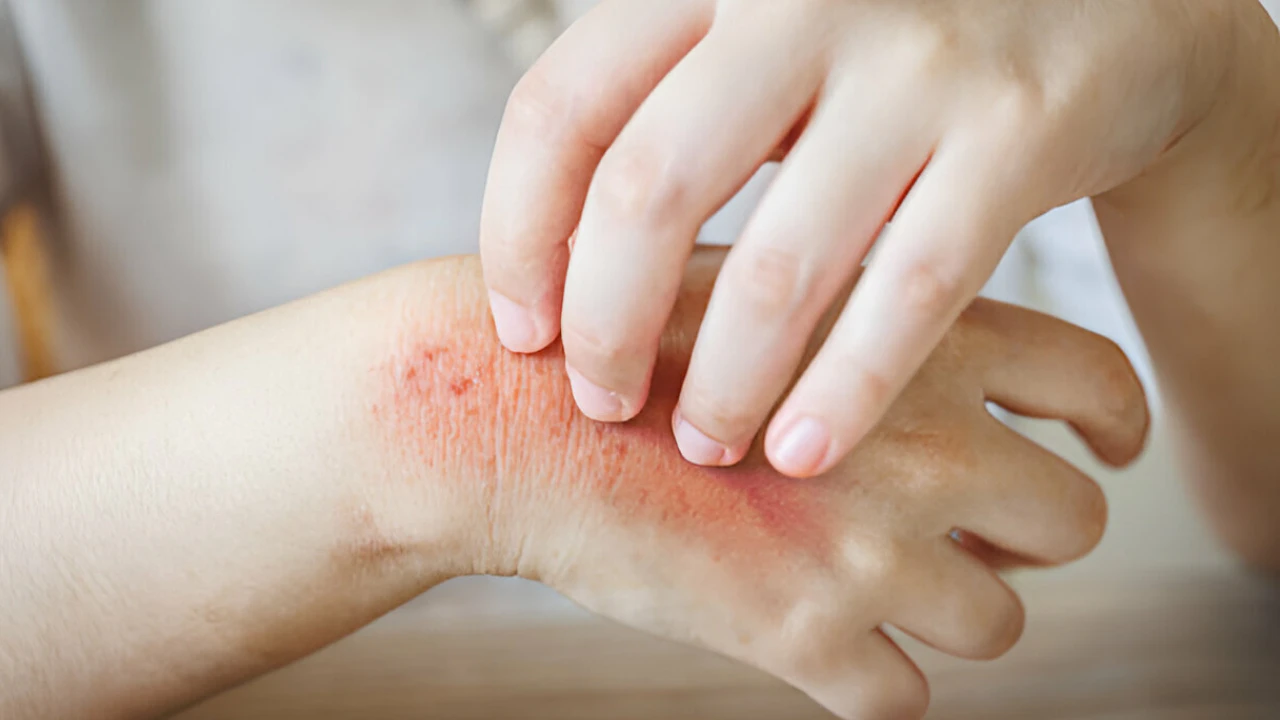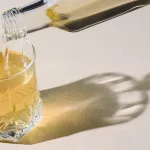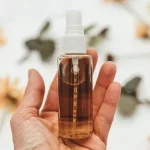Hey there! Ever woken up with a bunch of itchy red bumps and thought, “Wait, are fleas crashing my sleep party?” Oh, I’ve been there, and it’s no picnic. Fleas are these tiny troublemakers that love to make life itchy for us and our pets. But don’t stress—I’m here to spill all the tea on fleas and fleabites, like we’re just catching up over coffee. We’ll chat about what fleas look like, how to spot those pesky bites, and what to do about them. Plus, I’ll share some tricks to keep them from coming back. So, settle in, and let’s tackle this flea fiasco together!
Getting to Know Fleas: The Bite Behind the Itch
Fleas are like uninvited guests who sneak in and start causing chaos. Before we dive into the bites, let’s get a good look at these little culprits. Knowing what fleas look like is your first superpower in kicking them out of your life.
What Do Fleas Look Like, Anyway?

Picture this: fleas are teeny-tiny, about 1 to 3 millimeters long—think pinhead size (supported by research from sources Pest World). They’re dark brown or reddish-brown, with flat, skinny bodies that let them zip through fur or carpets like pros. Oh, and their legs? Total game-changers. They’ve got six, but those back ones are built for jumping—like, superhero-level jumps, up to 200 times their body length! Imagine you leaping over a skyscraper. Wild, huh?
I’ll never forget the time I saw what I thought was a speck of dirt on my cat’s fur. I reached to flick it off, and—poof!—it jumped away. Yup, my first flea sighting. They’re fast, sneaky, and masters of disguise, so watch for those dark, bouncy dots.
The Flea Life Cycle (aka Why They’re So Hard to Beat)
Here’s the kicker: the fleas you see are just the adults. They’ve got this whole life cycle thing going—eggs, larvae, pupae, and then the grown-ups. The eggs drop off your pet onto your couch, rug, or bed, hatching into larvae that hide out until they’re ready to become biting adults. It’s like a secret flea army building up right under your nose! That’s why vacuuming and washing stuff in hot water are your best friends—we’ll get into that more later.
How Do Fleas Even Get In?
Usually, they hitch a ride on your pets—dogs and cats are their VIP transport. But they can also sneak in with wildlife (think squirrels sneaking around your yard) or even on stuff like used furniture. Once they’re in, they love warm, cozy spots to multiply. Ever notice how they seem to pop up out of nowhere? That’s their ninja move. Don’t worry, though—we’ll figure out how to stop them in their tracks.
Here’s a quick cheat sheet on what fleas look like:
| Feature | Details |
|---|---|
| Size | 1-3 mm long (pinhead-sized) |
| Color | Dark brown or reddish-brown |
| Body Shape | Flat sideways, perfect for sneaking through fur |
| Legs | Six, with hind legs made for epic jumps |
| Mouthparts | Built for piercing and sucking blood—yikes! |
Spotting Fleabites: What’s That Itch About?
Okay, now that we’ve got the flea mugshot down, let’s talk about the evidence they leave behind—fleabites. These little bites can turn your day into a scratch-fest, and they hit both you and your pets. How do you know it’s fleas and not, say, mosquitoes? Let’s break it down.
Fleabites on You

Fleabites on humans are those small, red, super-itchy bumps that make you want to claw your skin off. They often show up in clusters or little lines—usually around your ankles, legs, or anywhere your clothes hug tight, like your waistband. Sometimes there’s a faint red ring around them, like a tiny “you’ve been bitten” sign (source by Cleveland Clinic). It’s maddening, right? I’ve had mornings where I’m just sitting there, coffee in hand, scratching like it’s my new full-time job.
Here’s a quirky tidbit: some folks call them “breakfast, lunch, and dinner” bites because they often come in threes. It’s like the flea stopped by for a three-course meal—on you!
Fleabites on Pets
Your pets can’t complain about the itch, but they’ll let you know something’s up. Is your dog scratching like they’re auditioning for a dance crew? Or maybe your cat’s nibbling at their fur nonstop? Those are big clues. Look for red, irritated skin, little scabs, or even patches where the fur’s thinning out—especially around the neck or tail. If they’re extra fidgety, fleas might be throwing a party in their coat.
Quick rundown of fleabite symptoms:
| What to Look For | Details |
|---|---|
| Appearance | Small, red, itchy bumps, often grouped or lined up |
| Where They Hit | Ankles, legs, or anywhere really—fleas aren’t picky |
| Symptoms | Itching like crazy, maybe swelling, infection risk if scratched |
Are Fleabites Dangerous? The Risks to Know
So, fleabites are a pain—literally—but should you be worried? Most of the time, they’re just annoying, not a crisis. But there are a couple of things to keep an eye on, especially if you or your pet are getting chomped a lot. Let’s chat about the risks without freaking out, okay?
Allergies: When Bites Get Extra Bossy
Some of us—and our pets—are sensitive to flea saliva. For pets, this can turn into flea allergy dermatitis, which sounds fancy but just means mega-itching, hair loss, and sometimes sore skin. I had a dog once who’d scratch until he looked like he’d auditioned for a punk band—poor guy. For humans, allergies might mean puffier bites or a rash. It’s rare to have a big reaction, but if you’re swelling up like a balloon, check in with a doc.
Disease Drama (Don’t Panic!)
Here’s the spooky part: fleas can carry diseases like murine typhus or—yep—the plague. But hold up, that’s super rare, especially if your home’s not a medieval tavern. In modern life, with good hygiene and pet care, this isn’t something to lose sleep over. Still, it’s smart to know, especially if you’re in a hotspot for these bugs. When in doubt, a quick chat with your vet or doctor can ease your mind.
Infections from Scratching
The real troublemaker? Scratching. Dig into those bites too much, and you might let bacteria crash the party, leading to infections. Watch for redness that spreads, swelling, or anything oozy—those are signs to take seriously. I’ve learned the hard way that resisting the itch is a superpower worth mastering!
Bottom line: fleabites are mostly a nuisance, but a little care goes a long way. You’ve got this!
Treatment Time: Soothing the Itch

Alright, enough about the risks—let’s fix this! Whether it’s your skin or your pet’s, there’s plenty we can do to ditch the itch and send fleas packing. Here’s the lowdown on treatment, friend to friend.
Calming Your Bites
For us humans, it’s all about relief without making a mess. Try these:
- Anti-itch cream: Grab some hydrocortisone from the store—it’s like a hug for your skin. Dab it on, and feel the calm kick in.
- Cold compress: Wet a cloth, chill it, and press it on the bites. It’s soothing and cuts the swelling—like a mini ice pack vacation.
- Antihistamines: Pop a Benadryl if the itch won’t quit. Just don’t overdo it—follow the label, okay?
Big tip: fight the urge to scratch. I know, it’s torture, but you’ll thank yourself when you’re not dealing with an infection.
Helping Your Pet Kick Fleas
For your furry buddy, we’ve got to hit the fleas where it hurts. Here’s what works:
- Chat with your vet: They’ll hook you up with awesome flea stuff—drops, pills, whatever suits your pet. It’s a game-changer.
- Bath time: A gentle flea shampoo bath can rinse some of those pests away. Just keep it chill—their skin’s sensitive too.
- Flea comb: Run this through their fur to snag fleas and eggs. It’s oddly satisfying, like a treasure hunt with a purpose!
Heads-up: don’t mix up human and pet products. What’s safe for you might not be for them, and we want everyone happy and healthy.
When to Call the Pros
Most of this you can handle at home, but sometimes you need backup. Reach out to a doctor or vet if:
- Bites look infected—think pus or spreading red zones
- You or your pet have a wild reaction, like breathing trouble
- Fleas just won’t quit, no matter what you try
It’s okay to ask for help—fleas can be stubborn little jerks!
Keeping Fleas Away: Prevention Hacks
You’ve beaten the bites—high five! Now, how do we keep those fleas from staging a comeback? Prevention’s where it’s at, and it’s honestly not that hard. Let’s make your place a no-flea zone.
Pet TLC
Pets are flea magnets, so let’s keep them protected:
- Flea preventatives: Monthly treatments from the vet are gold. Pick what your pet likes—drops, chews, whatever works.
- Grooming vibes: Brush them often—it’s bonding time, plus you’ll catch fleas early.
- Bath when needed: A flea shampoo dip now and then keeps things fresh. Just don’t over-wash—dry skin’s no fun for them.
It’s like giving your pet a VIP pass to a flea-free life. They’ll love the attention!
Home Sweet Flea-Free Home
Fleas hide everywhere, so let’s clean house:
- Vacuum like a champ: Hit the rugs and furniture weekly—empty the bag outside so fleas don’t sneak back in.
- Wash bedding: Hot water’s your weapon against eggs and larvae. Do it every couple of weeks for good measure.
- Tidy up: Less clutter means fewer flea hideouts. Bonus: your place looks amazing!
It’s not a chore—it’s a victory lap over fleas. You’ll feel so accomplished.
Big Guns for Big Problems
If fleas are throwing a full-on rave, try these:
- Sprays or foggers: Flea-killing products can zap them, but read the rules—safety first for you and your crew.
- Pest control pros: When it’s too much, call the experts. They’ll handle it like flea-busting superheroes.
Prevention beats fighting any day. A little routine, and you’re golden!
Wrapping It Up: You’re the Flea Boss Now
And there we go—your crash course on fleas and fleabites! You’ve got the scoop on what fleas look like, how to spot and soothe those itchy bites, and how to keep them gone for good. It’s all about staying one step ahead—check your pets, tidy up, and act fast if those little jumpers show up.
With these tricks up your sleeve, you’re ready to keep your home and skin flea-free. Isn’t it awesome to feel in control? If you’ve got your own flea tales or tips, drop them below—I’d love to hear! We’re all in this itch-free mission together. Happy flea-fighting, my friend!


















Leave a Reply
You must be logged in to post a comment.